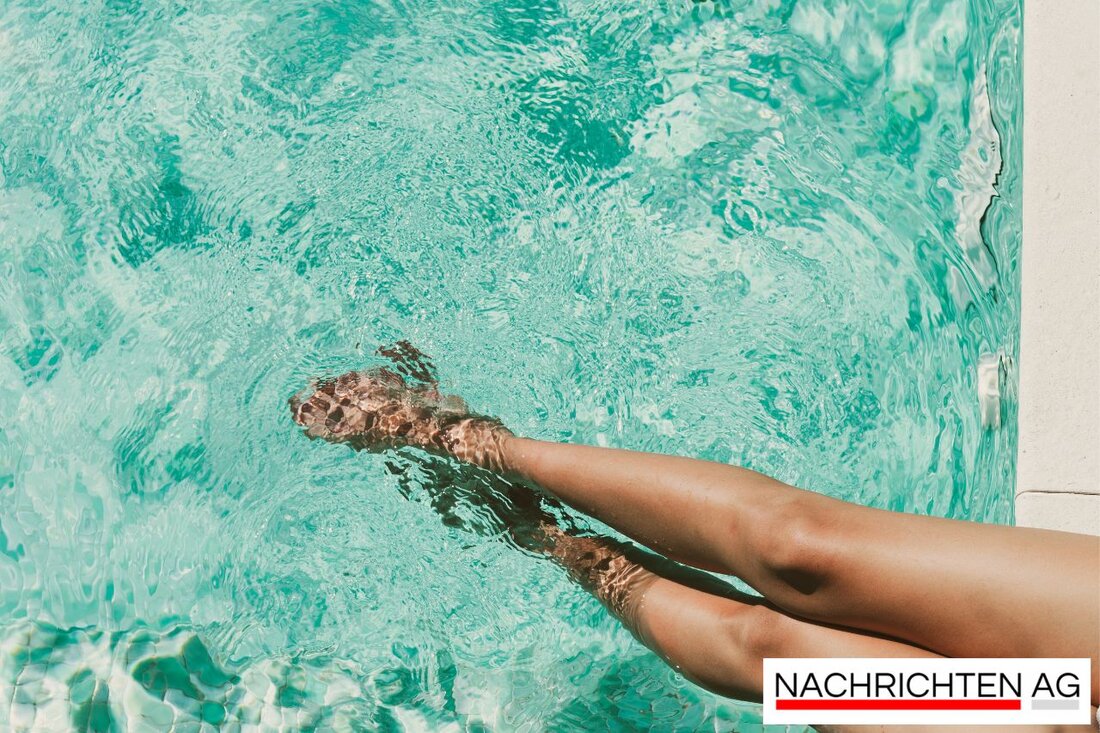Dream project for Bremen: Swimming on the small Weser planned!
Bremen is planning an innovative swimming pool project on the small Weser to create swimming opportunities in the city center.

Dream project for Bremen: Swimming on the small Weser planned!
Something is happening in Bremen: The “City in the River” project on the Little Weser between Teerhof and Neustadt could soon become a reality. The design comes from the Bremen architectural firm LPR, which is better known as “Kajakkollektiv”. Pontoons with superstructures and a swimming pool in front are planned, which together will provide an area of around 1000 square meters. The idea came about to take into account the great need for water areas for swimming in the city center Weser courier reported.
The costs for the entire project are estimated at up to five million euros. Two variants are being discussed: simple containers or elaborate wooden structures. An integral part of the project is the vision of creating a “third place” that is open to everyone and is not designed for consumption. The project also receives support from Carl Zillich, head of the Bremen city center project office. Nevertheless, previous advertising measures with investors and authorities have not brought the hoped-for success.
A look beyond the borders
Other European cities show how it can be done. In Copenhagen, for example, the Islands Brygge harbor swimming pool has been a popular place for swimming and relaxing since 2003. This development should serve as an example for Bremen to create similar urban bathing areas that also take climate change into account. In recent years, the concept of “Sponge City” has become established, which promotes the integration of nature and water into urban living spaces, such as this Federal Environment Agency explained.
The attractiveness of natural waters is by no means just a question of aesthetics. They improve the quality of life in cities and have positive effects on urban development. For example, the Ruhr in Arnsberg was transformed from a technical channel into a popular recreational area, which could serve as a model for Bremen.
Variety of activities
The “Kajakkollektiv” sees the project not only as physical refreshment, but also as a cultural meeting place. Activities such as kayaking, rowing, aqua spinning and various water sports such as water polo and water volleyball are planned. In addition, gastronomic offers, art, culture, events and festivals will be initiated on the pontoons in order to create a lively exchange and experiences for everyone.
The current range of bathing areas in Bremen is manageable. Places such as Café Sand, Habenhausen or the Weseruferpark in Rablinghausen are available, but swimming is prohibited in many other places, such as Lankenauer Höft and Waller Sand. This clearly results in a need for new, safe bathing areas in order to be able to better endure the heat of Bremen's summers.
In European comparison, going river bathing also represents an improvement in the quality of life. Cities like Paris and Vienna have already shown that it is possible to provide access to water under hygienically perfect conditions. While Paris is thinking about creating a natural swimming pool, Vienna, with its Gänsehäufel lido on the Old Danube, has enjoyed great popularity for over a century.
With “City in Flow”, Bremen may be at a turning point that not only offers new leisure opportunities, but is also seen as an answer to the challenges of climate change. At a time when such initiatives are becoming increasingly important, we can only hope that the necessary financial resources and support will be mobilized to make this pioneering project a reality.

 Suche
Suche
 Mein Konto
Mein Konto